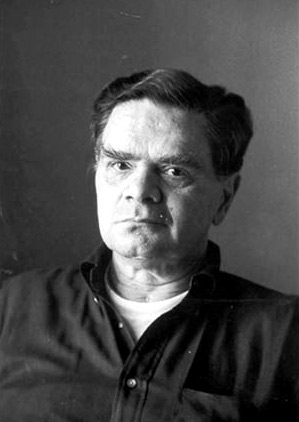Then things got a little worse: squared, high-shouldered and rounded off in the wrong places, a milk replica of a handmade Danish wooden milk bat. But that was only the beginning. Things got worse than that.
Milk came in waxed paper that swelled and spilled and oozed flat pieces of milk. It had a little lid that didn't close properly or resisted when pulled so that when it did give way milk jumped out.
Things are getting better now. Milk is bigger - half-a-gallon, at least - in thin milky plastic with a handle, a jug founded on an oblong. Pick it up and the milk moves, rising enthusiastically in the neck as it shifts its center of weight. Heavy as a breast, but lighter, shaping itself without much changing shape: like bringing home the milk in a bandana, a neckerchief or a scarf, strong as canvas water wings whose strength was only felt dragged under water.
On the highway, this morning at the go-round, about where you leave New Hampshire, there had been an accident. Milk was sloshed on the gray-blue-black so much like a sheet of early winter ice you drove over it slowly, no matter what the temperature of the weather that eddied in through the shatterproof glass gills. There were milk-skins all around, the way dessert plates look after everyone has left the table in the Concord grape season. Only bigger, unpigmented though pretty opaque, not squashed but no less empty.
Trembling, milk is coming into its own.
by James Schuyler (1923 - 1991)
